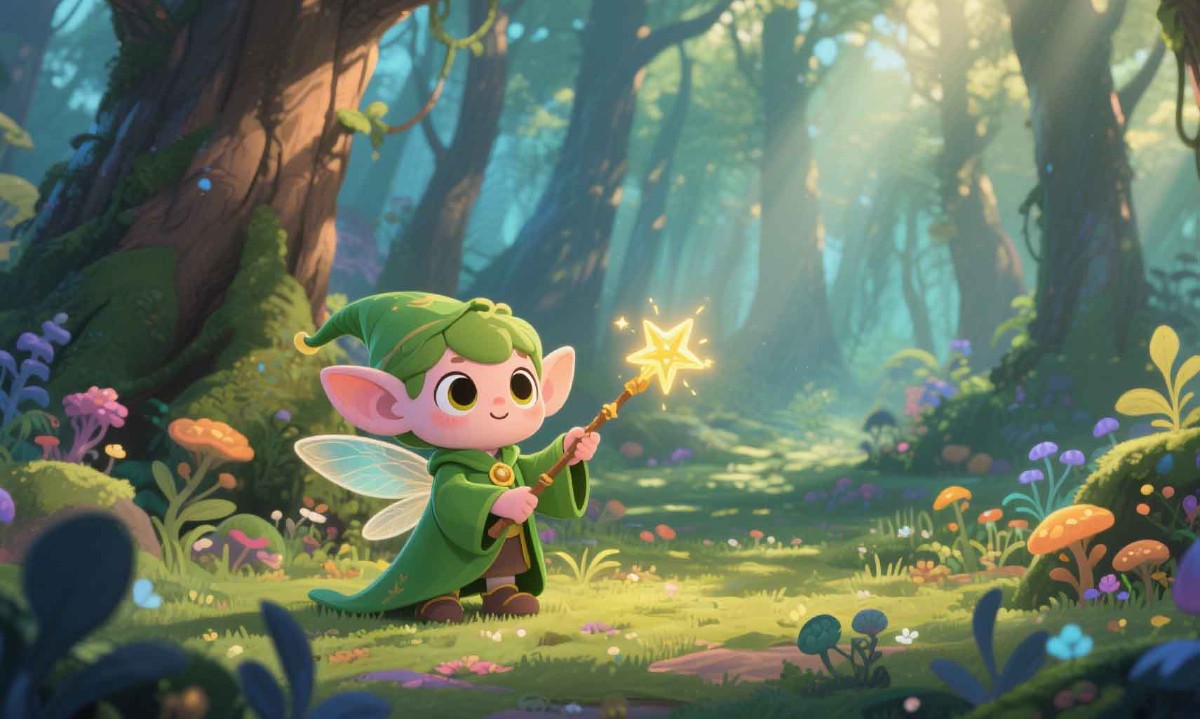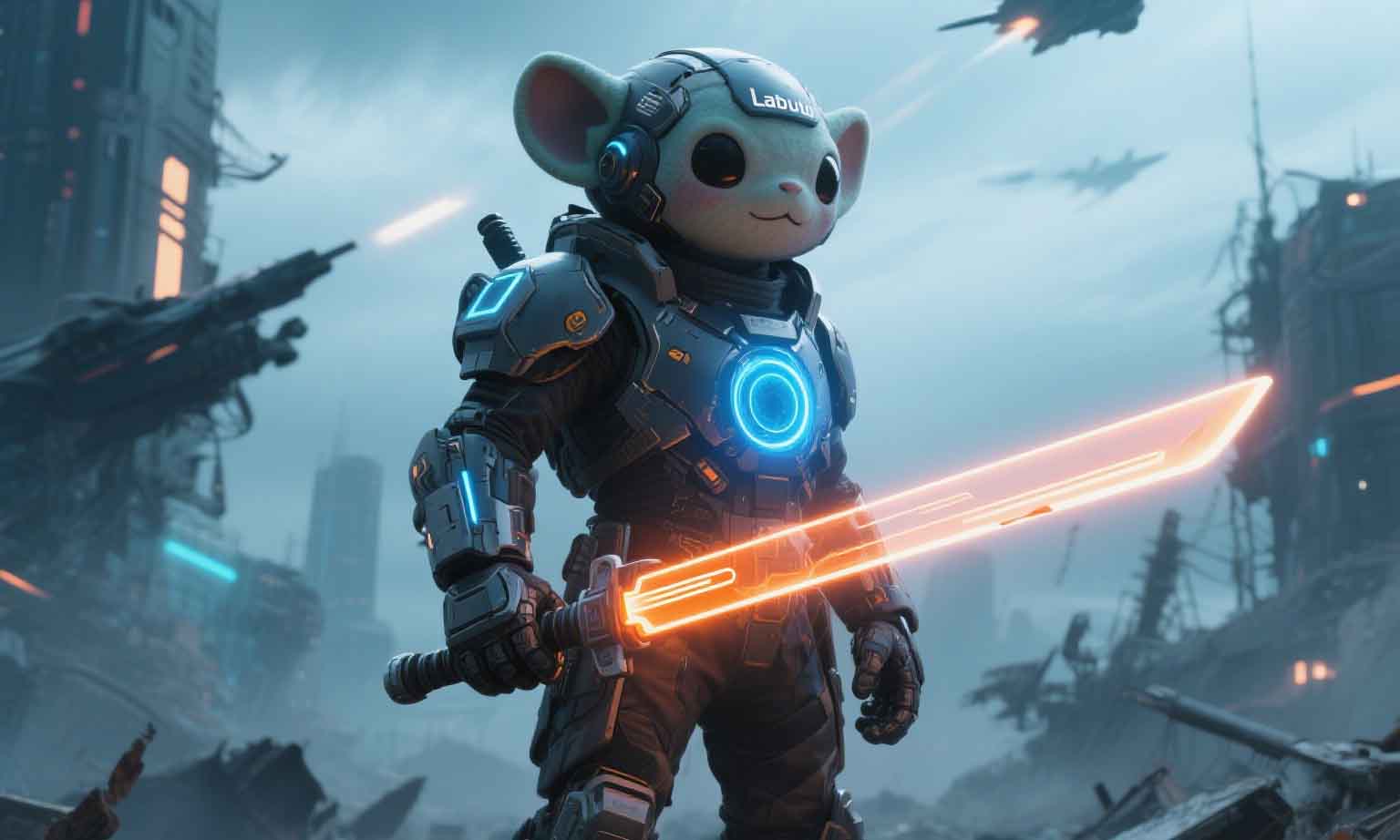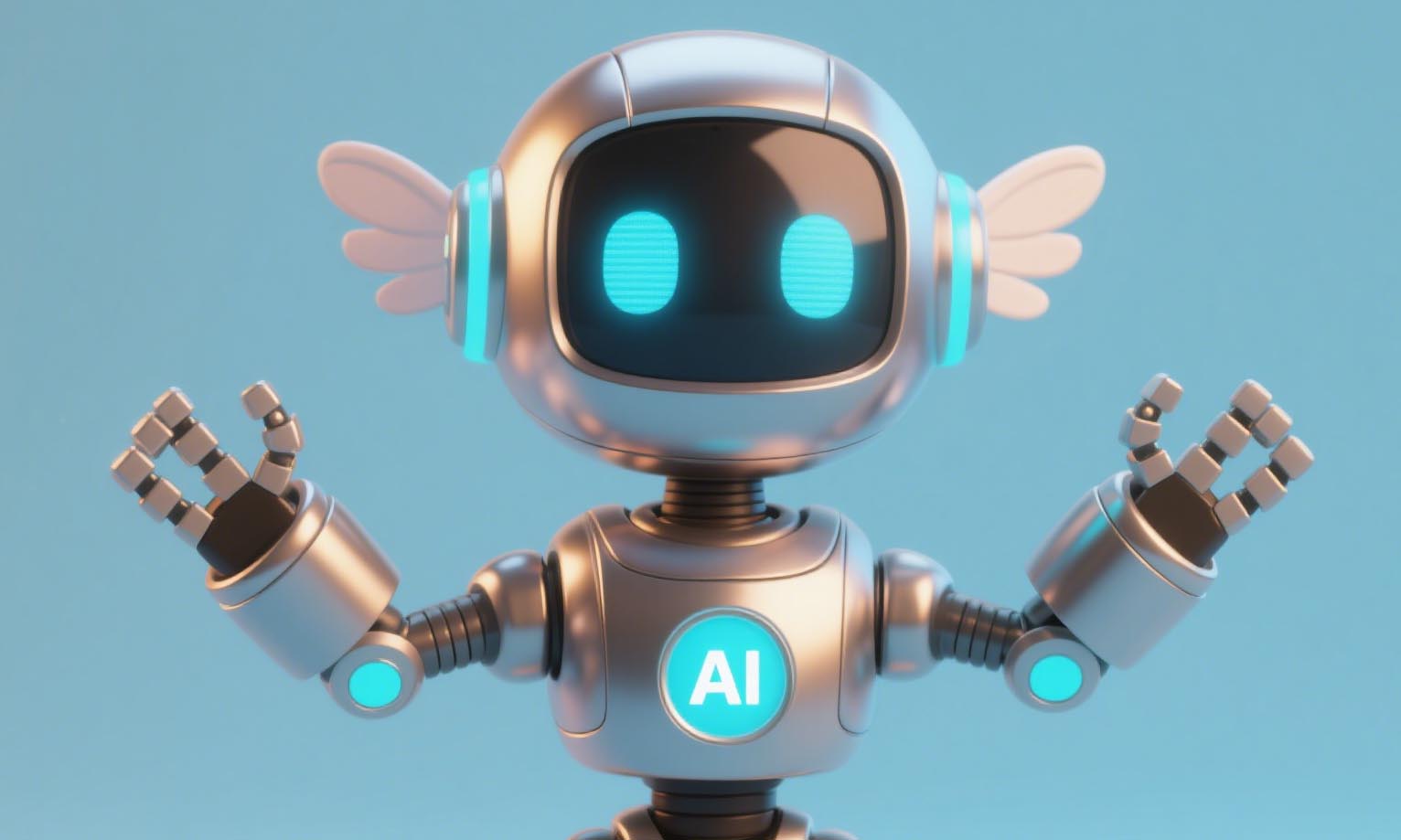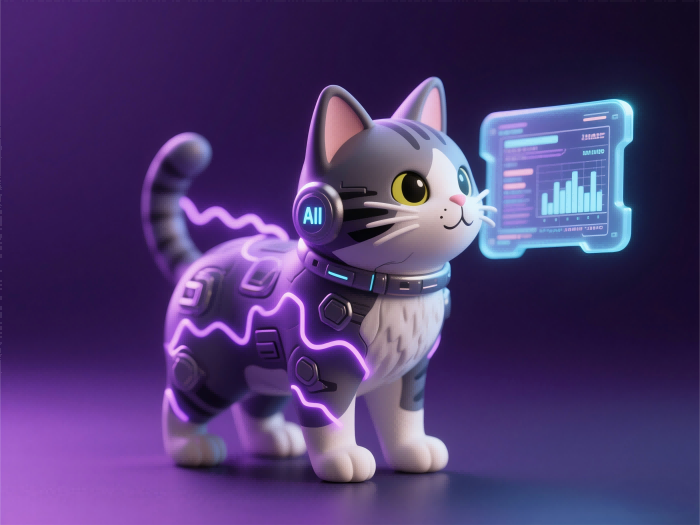AI-Enhanced Play: Redefining Childhood through Interactive, Adaptive, and Inclusive Toys
C 2025-06-03
The rapid advancement of artificial intelligence is not just transforming industries; it is reimagining the very essence of childhood. As AI seamlessly integrates into children’s toys,
The rapid advancement of artificial intelligence is not just transforming industries; it is reimagining the very essence of childhood. As AI seamlessly integrates into children’s toys, these once-static objects are evolving into intelligent companions, tutors, and collaborators that adapt to unique needs, spark imagination, and bridge gaps in learning and socialization. By leveraging machine learning, natural language processing, and sensor technologies, AI toys are creating a new paradigm of play—one that prioritizes interactivity, personalization, and inclusivity while raising critical questions about technology’s role in shaping young minds.
Conclusion AI is not just changing what children play with; it is redefining how they play—turning solitary moments into interactive journeys, passive learning into adaptive discovery, and exclusion into inclusion. From personalized tutors to generative co-creators and inclusive companions, AI toys hold the power to make childhood more engaging, equitable, and enriching. Yet, their impact will depend on our ability to navigate ethical challenges, bridge accessibility gaps, and remember that technology, no matter how advanced, should always serve the timeless needs of young minds: to explore, connect, and dream. As we stand at the intersection of innovation and innocence, the question is not whether AI belongs in toys, but how we can harness its potential to create a world where every child’s playtime is a step toward a brighter, more inclusive future—one where technology and humanity play hand in hand.

Adaptive Playmates:
Tailoring Experiences to Every Child’s Journey AI’s greatest promise in toys lies in its ability to create adaptive play environments that respond dynamically to a child’s behavior, preferences, and developmental stage. For example, the Moxie Robot by Embodied Labs uses emotional intelligence algorithms to recognize a child’s tone and body language, adjusting its responses to encourage empathy and communication . Similarly, CogniToys Dino employs machine learning to remember a child’s interests, delivering personalized jokes, stories, and educational quizzes that grow with them . These toys act as more than gadgets; they are dynamic partners that recognize when a child needs encouragement, challenge, or comfort, turning playtime into a customized learning journey. Research in child development highlights the benefits of such adaptability: a study in Nature Human Behaviour found that AI-driven toys can improve language acquisition in toddlers by 30% compared to traditional methods, as they adjust vocabulary and sentence complexity in real time . However, critics caution against over-reliance on algorithmic feedback, stressing the need for human caregivers to guide emotional nuance and moral reasoning that AI cannot fully replicate.
Generative AI:
Unleashing Creativity through Co-Creation The rise of generative AI models like GPT-4 and DALL-E has unlocked a new frontier in imaginative play, allowing children to co-create with machines. Toys such as AI Storyteller Kit by Playful Learning enable kids to describe a character or scenario, and the AI instantly generates a vivid story with illustrations, inviting them to expand the narrative . Similarly, RoboEd SketchBot uses computer vision to interpret a child’s drawings and bring them to life in animated adventures, blending physical art with digital magic . This symbiosis between human creativity and AI’s generative power fosters a sense of agency, as children see their ideas amplified and celebrated. Moreover, generative AI can democratize access to diverse stories and cultures. A child in Tokyo might use an AI toy to explore folktales from Africa, while a child in Nairobi could generate stories featuring characters who look like them—addressing a long-standing gap in representation in traditional toys. Yet, concerns about AI-generated content’s originality and potential biases remain, urging developers to prioritize ethical training data and user-driven creativity over pre-programmed limitations.
Inclusive Play:
AI as a Bridge for Neurodiversity and Accessibility AI toys are emerging as transformative tools for children with special needs, breaking down barriers to play and learning. For children on the autism spectrum, robots like Kaspar from the University of Hertfordshire use simplified facial expressions and repetitive interactions to teach social skills in a non-threatening way, reducing anxiety and improving eye contact . Blind or visually impaired children can engage with Tactile AI Puzzle Sets, which use haptic feedback and voice guidance to describe shapes and patterns, making traditional puzzles accessible . These innovations highlight AI’s potential to create inclusive play ecosystems where every child, regardless of ability, can participate and thrive. The United Nations’ emphasis on inclusive technology aligns with this trend, as AI toys increasingly incorporate features like multilingual support, adaptive difficulty levels, and sensory-friendly designs. However, the high cost of advanced AI toys remains a hurdle, risking a digital divide in access to these transformative tools. Policymakers and manufacturers must work to ensure affordability and availability, recognizing AI play as a fundamental aspect of equitable childhood development.
Ethical Frontiers:
Navigating Data, Dependency, and Digital Well-Being As AI toys collect data on children’s voices, habits, and emotions, ethical considerations around privacy and security intensify. The Blue Whale Doll incident, where a connected toy’s microphone was hacked, underscores the need for robust cybersecurity measures and transparent data practices . Parents now demand end-to-end encryption, clear opt-out options, and age-appropriate data anonymization—expectations that must be met to maintain trust. Another critical concern is screen time and digital dependency. While AI toys often blend physical and digital interaction (e.g., coding a robot to move while solving a tangible puzzle), excessive reliance on screens can disrupt sleep and motor skills. The American Academy of Pediatrics recommends balancing screen-based play with unstructured, offline activities, urging designers to create “phygital” toys that prioritize hands-on engagement.The Future of Play:
Harmonizing Technology and Tradition The next generation of AI toys will likely integrate cutting-edge technologies like brain-computer interfaces (BCI) and swarm robotics, but their success will hinge on preserving the heart of play: joy, curiosity, and human connection. Companies like LEGO Super Mario AI Edition demonstrate this balance, using AI to recognize a child’s building patterns and suggest creative modifications while keeping the tactile, collaborative essence of LEGO intact . Such innovations show that AI need not replace traditional play but enhance it, adding layers of interactivity without losing the magic of hands-on exploration. Looking ahead, the toy industry must adopt a child-centric design philosophy, prioritizing developmental benefits over technological gimmicks. This means involving educators, psychologists, and children themselves in the design process to ensure AI toys nurture resilience, creativity, and social-emotional skills—qualities that no algorithm can fully replicate but can certainly amplify.Conclusion AI is not just changing what children play with; it is redefining how they play—turning solitary moments into interactive journeys, passive learning into adaptive discovery, and exclusion into inclusion. From personalized tutors to generative co-creators and inclusive companions, AI toys hold the power to make childhood more engaging, equitable, and enriching. Yet, their impact will depend on our ability to navigate ethical challenges, bridge accessibility gaps, and remember that technology, no matter how advanced, should always serve the timeless needs of young minds: to explore, connect, and dream. As we stand at the intersection of innovation and innocence, the question is not whether AI belongs in toys, but how we can harness its potential to create a world where every child’s playtime is a step toward a brighter, more inclusive future—one where technology and humanity play hand in hand.













